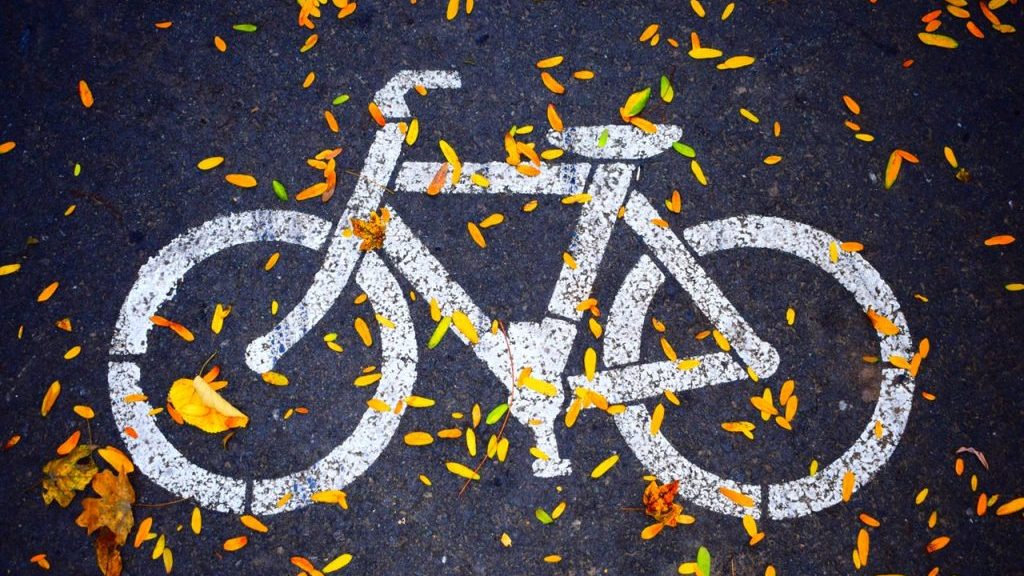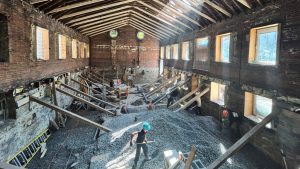TORONTO — Cycling advocates are calling for urgent action to improve safety on Toronto’s streets after a 24-year-old rider who was hit by a dump truck died last week, marking the fifth cyclist fatality in the city this year.
The five fatalities so far in 2024 have surpassed the city’s combined number of cyclist deaths from 2021 to 2023.
Michael Longfield, executive director of Cycle Toronto, said the toll “points to a crisis.”
“It shouldn’t take somebody dying for it to be a real wake-up call that we need to ensure that our bikers are safe,” he said.
On Thursday morning, a female cyclist was biking in Toronto’s Yorkville area when she exited the bike lane and was hit by a dump truck, police have said. She was pronounced dead at the scene.
As part of the investigation, police say they are looking into whether a nearby construction bin on the road factored into the collision.
Longfield said it “seems very likely” that the cyclist may have had to leave the bike lane to avoid an obstruction, something he said Toronto cyclists are forced to do too often. Though the city has made progress in advancing its cycling network, Longfield said there’s more to be done.
“This network, this chain is only as strong as its weakest link,” he said. “If we’re not prioritizing, making sure the bikeways are clear and accessible and not blocked … it really undermines the effectiveness of that entire network, and it puts people’s lives at risk.”
The City of Toronto announced on Monday that it was increasing fines to help curb illegal parking, including raising the penalty for parking a prohibited vehicle on a bicycle path from $60 to $200. Albert Koehl, a coordinator with Toronto Community Bikeways Coalition, applauded that move but warned penalties only work if the rules are enforced.
“What we’re calling on the city to do is greater vigilance of construction sites,” said Koehl. “The second thing is also greater enforcement by the parking enforcement office of blockages of bike lanes from cars that are illegally stopped.”
Koehl said enforcement should be consistent and more frequent, and more cameras should be used to combat illegal parking. He added there should also be more oversight for the technology used by trucks to assess blind spots, and clear signage during construction work.
Koehl called Thursday’s collision “devastating,” and said it highlights the risks cyclists in the city face everyday.
“These are dangers that need to be taken seriously,” said Koehl. “Sadly, we feel a sense of failure as well, when we’ve called on the city and on the police to take more action and we see one of these tragedies.”
In response to these incidents, the city has advanced several road safety projects, including its Vision Zero plan that launched in 2016 which aims to reduce traffic-related fatalities and injuries.
In 2021, Toronto City Council also committed to implementing 100 kilometres of new bikeways by 2024. As of May, the city was on track to deliver 75 kilometres by the end of this year.
Koehl said that in addition to action by policymakers, more community awareness about bike safety is crucial. Drivers often park in bike lanes for convenience, but even a temporary stoppage can be a matter of life and death for cyclists, he said.
“You might be safe in in your own car, but your loved ones might be walking, riding a bike or taking transit,” Koehl said. “The safety of all of us is something that’s worth investing in, even if it means some inconvenience to me personally as a driver.”
Advocacy for Respect for Cyclists, another bike advocacy group, is set to host a ghost bike ride on Wednesday as a memorial for the cyclist.
“At the end of the day, we just all want to get home safely,” Longfield said. “To do that, we need to make sure that our sidewalks and bikeways are as safe as possible, all year round.”
©2024 The Canadian Press










Recent Comments
comments for this post are closed